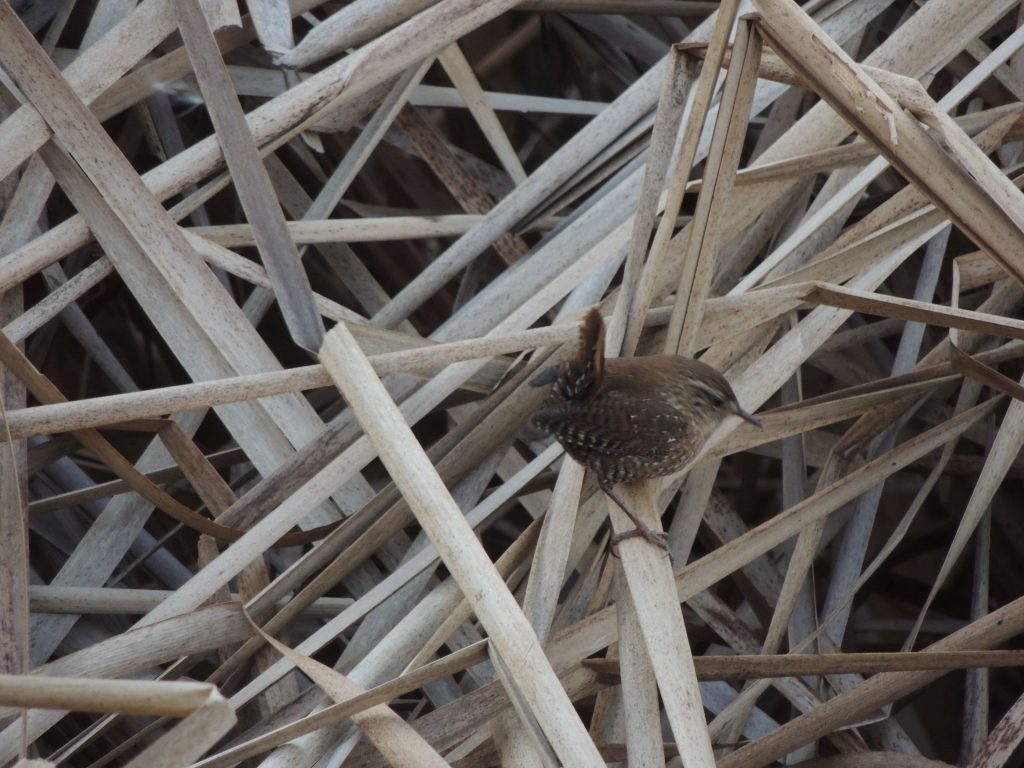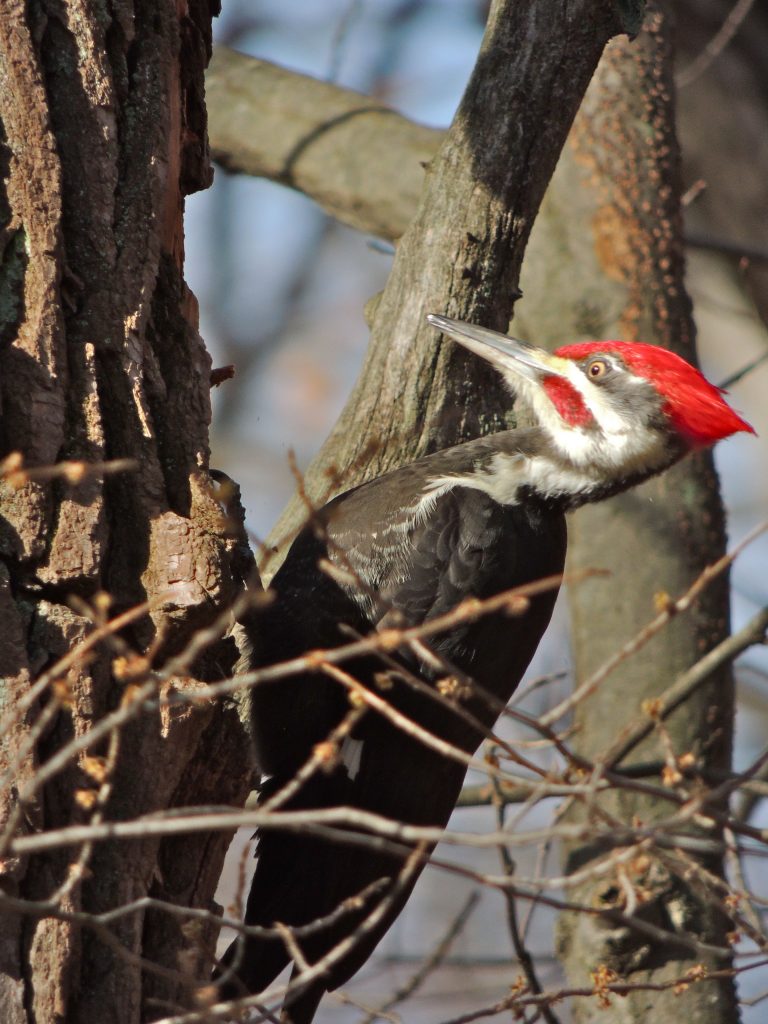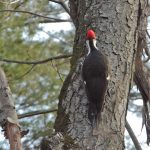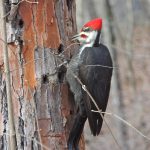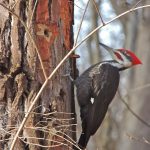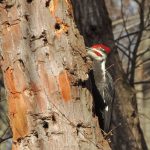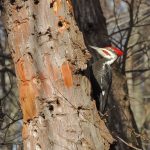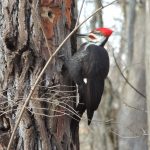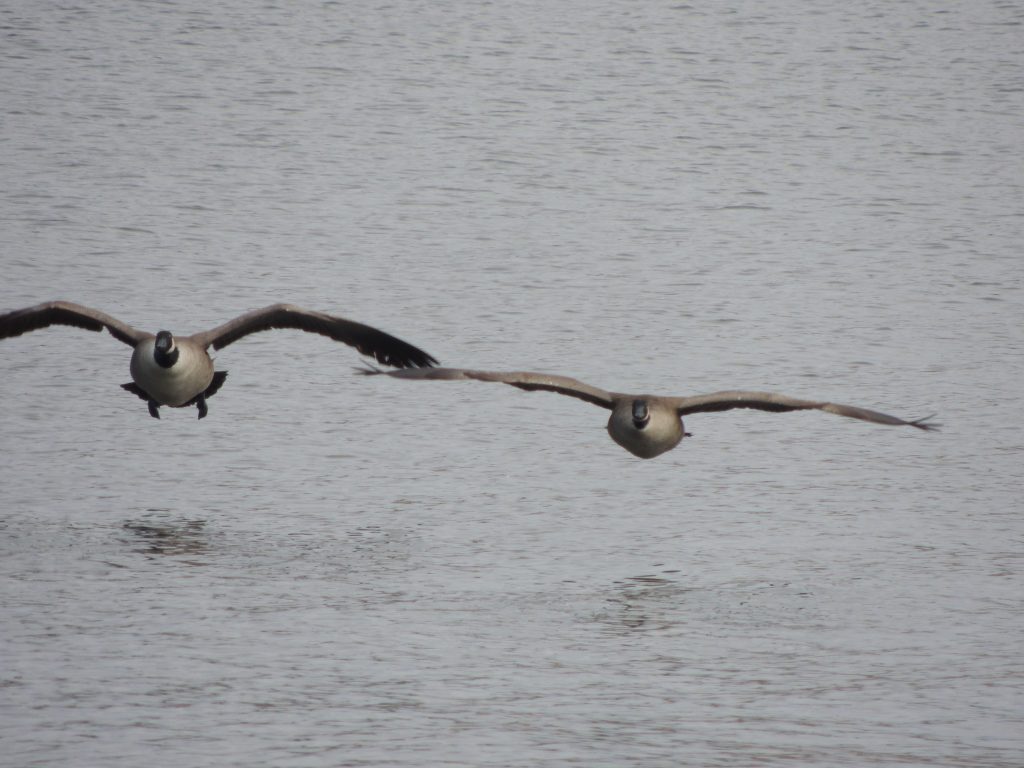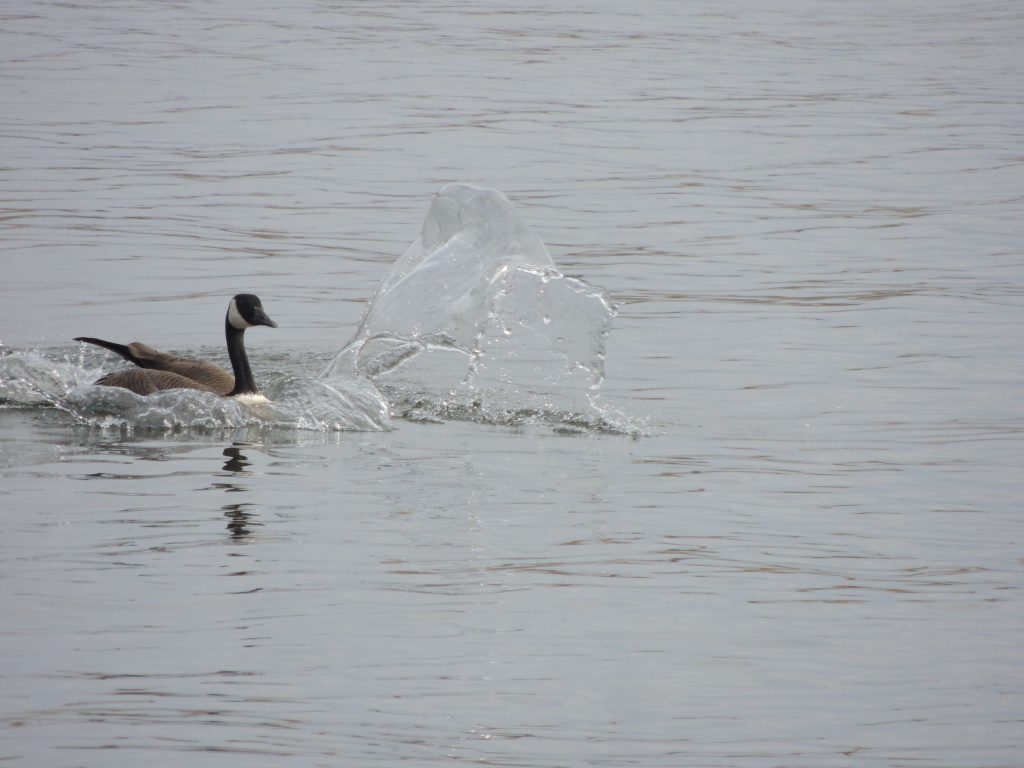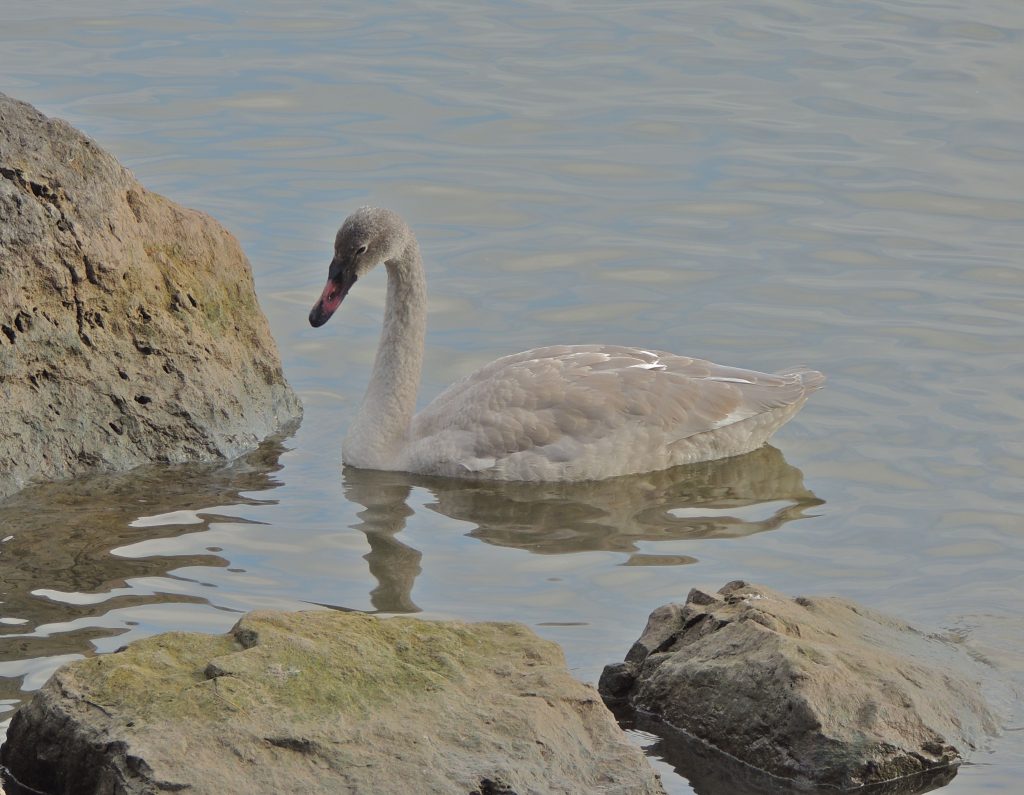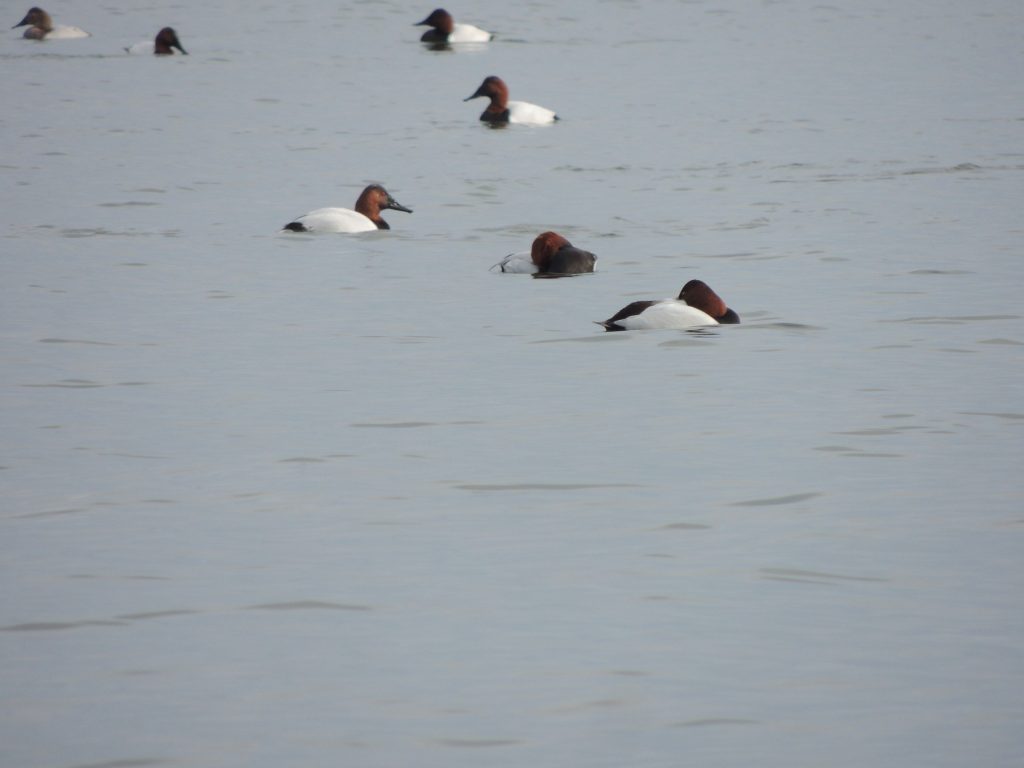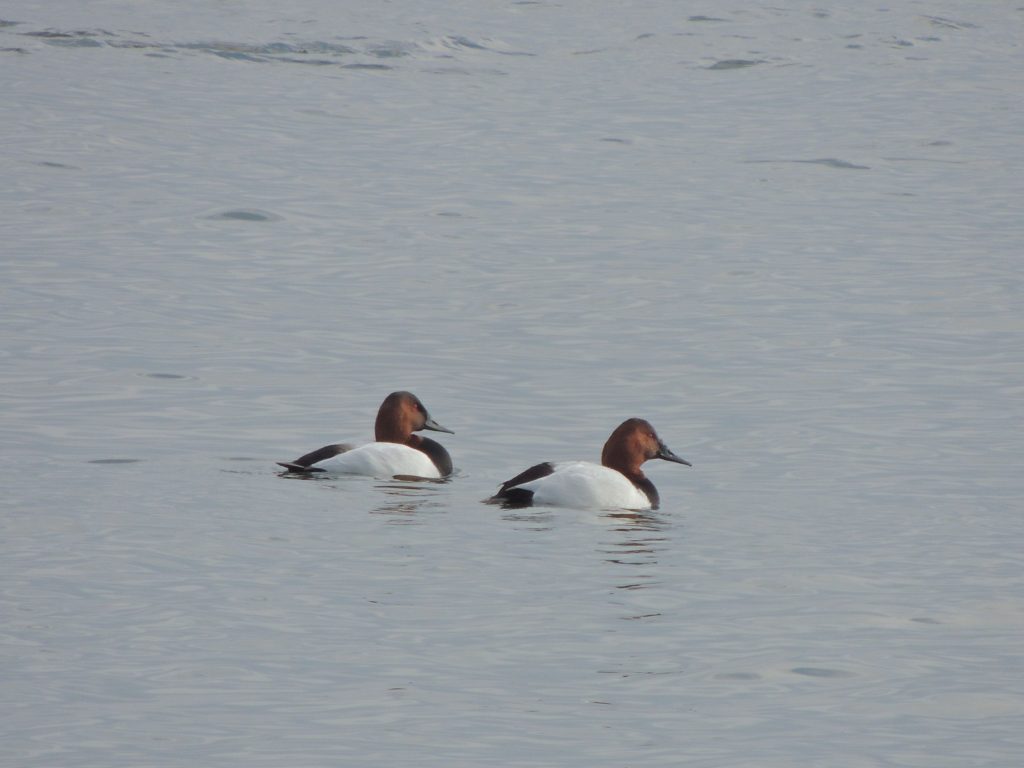Uganda January 26 2017. It’s been a long time since I can say I really enjoyed birding from the seat of my car. It can be productive, its true, and if there’s a team of birders crammed together the camaraderie helps a lot, but I’ve come to think that the fuel used is hard to justify and you certainly can’t make any claims to healthy exercise. Today however was different.,
With my guide Robert we crossed Uganda, almost side to side, east to west from Entebbe to Bundibugiyo, about 400 km. Robert is an accomplished birder and a professional tour guide, he is to be my lifeline for seven days, we drove (or rather he did) because we’re going into Semliki National Park tomorrow morning. Four hundred kilometres was bound to turn up some nice birds and bearing in mind that it’s pretty well all new to me, there was bound to be something to make my bird of the day.
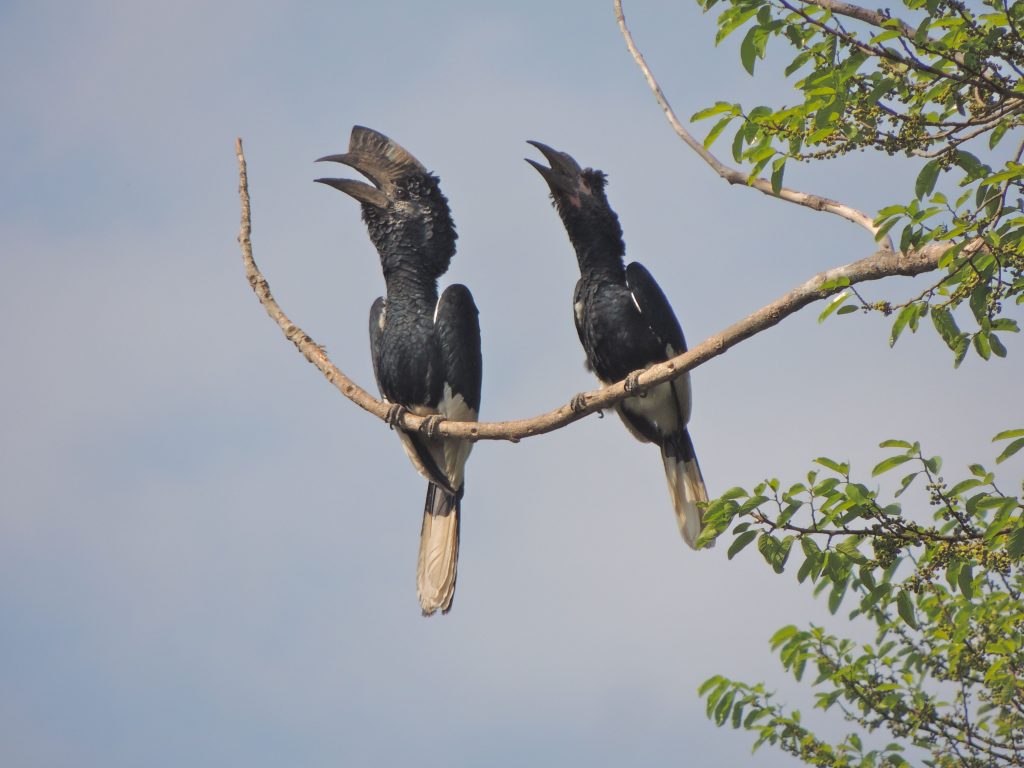
Dedicated readers will recall my ode to a European Roller some weeks back, how its sapphire blue-ness and sheer improbability put it on my I- bet-I-never-see-one-of-those list. Then all was put to rights by seeing dozens, if not hundreds in Kazakhstan. it hadn’t registered with me then that there could be other rollers extant in this world; and that was the lesson for today, there’s more.
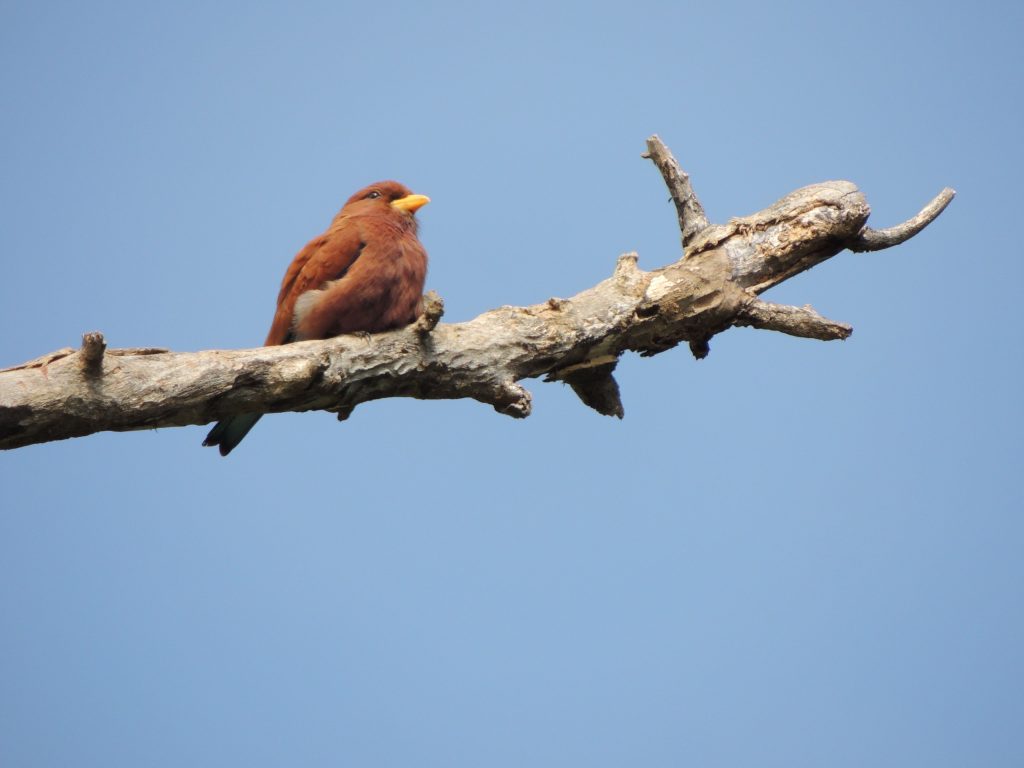
What I took at first to be a kestrel of some kind making a purposefully sweeping turn just above tree level and coming to a rest on utility lines, turned out to be a Broad– billed Roller. Setting aside the rather comic connotations of its name, (its not the only bird in creation that could stand a little bit of re-styling I’d say) this was bit of a show-stopper. In flight it had shown a rich chestnut back and wings and a dazzling blue rump and tail. From where we gazed at it, all we could see was its rusty chestnut coloured undersides, a hint of aquamarine beneath its tail and to be fair a very wide bill. I think though that you’ll understand that I was impressed.
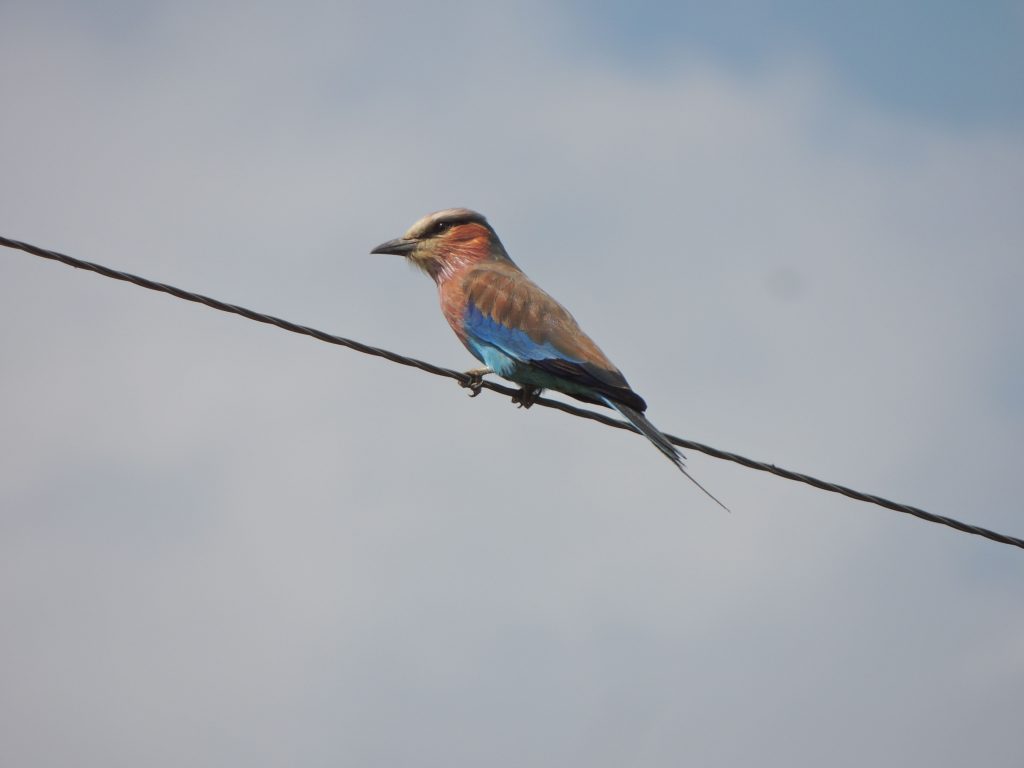
Another roadside sighting was a Lilac-breasted Roller, an even more eye-catching beauty. I had to crane my neck a little for a good look and a photo. How does it get away with dazzling blues like that? And then there’s the chestnut-turning cinnamon, a dashing black eye line and a few touches of cream around the head and neck. Now I have three roller species in my mental collection. I know there are places in the world where rollers are run of the mill and now I have three roller species in my mental display case but it will take a while for me to not be stopped in my tracks by them.
I’ll add for the record, that in order to provide material for this site, I spent this evening in Bundibugyo in an establishment known as Vanilla Hotel. It is reputed to be the best overnight accommodation available in this smallish market town. A little research ahead of time hadn’t helped, former guests who left comments on TripAdvisor were all withering in their reviews, so I knew not to expect too much. My room was acceptably clean which was nice and, to some extent, made up for lack of a shower or indeed running water for any purpose, or for a supposed beef stew ( the only thing on the dinner menu) which included a three large tangles of improbable bones tied together with something odd looking and certainly un-chewable. Still a cold beer was perfect and since my body was still trying to sort out what time of just which day it was I could overlook many imperfections.
p.s Somewhat alarmingly (but several weeks later) while typing Bundibugyo into Google it auto-filled with “Bundibugyo ebolavirus’ Hmmm! Apparently “Bundibugyo ebolavirus (BEBOV / BDBV)is one of the four ebolavirus that cause Ebola virus disease in humans.” Just thought you’d be interested.
